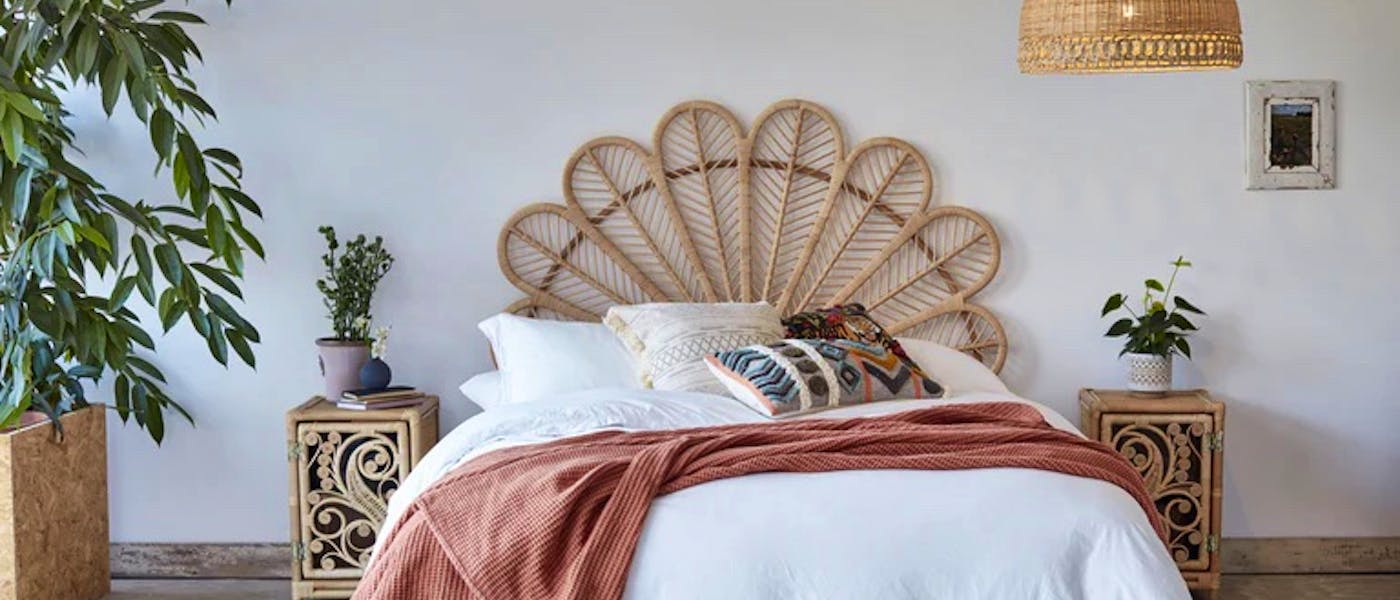Wicker is the oldest furniture making method known to history, dating as far back as 5,000 years ago. It was first documented in ancient Egypt using pliable plant material.
Of Scandinavian descent, the word “wicker” originates from the words wika which means “to bend” and vikker which means “willow.” The term is for a product woven from any number of natural materials, including rattan, cane, willow, raffia and other plant fibres.
It was in the 19th century, during the Victorian Era, that rattan and wicker gained popularity in Europe, England, and North America, because of their versatility and durability. It was seen as a cleaner alternative due to the fact that it did not collect dust, smells, mould or mildew like its fabric counterparts. Since entertaining in the garden was the thing to do, it was also used by English Aristocrats, lounging on fine wicker pieces enjoying afternoon tea.
After a few decades of decline in fashion, in the 1960s and 1970s rattan grew in popularity again, becoming a staple for more bohemian-style interiors.
Now in 2022 both outdoor and indoor rattan furniture is enjoying another moment in the limelight. According to research it is the interior design trend that showed the largest increase in search volume during lockdown.
A naturally sustainable material due to its fast growth, short renewal and ability to grow in areas that would otherwise be natural wastelands.
A family team on a mission to revive furniture in the UK with a contemporary take is The Rattan Company.
Specialising in indoor items for the home, including headboardslamp shades and seating, the company is based in the UK but it is unclear from the website where the pieces are actually produced. They say they are fanatical about the sustainability and ethical sourcing of their furniture and work with the suppliers to make sure that they use the highest quality rattan from renewable sources.
The company responsible for reviving an almost extinct British industry in the production of rattan furniture is Soane.
Owners Lulu Lytle and Christopher Hodsoll purchased the last remaining rattan weaving workshop in the country - Angraves workshop in Leicestershire - at one time the heart of the British rattan industry, and rehired its two chief craftsmen, frame maker Mick Gregory and master weaver Phil Ayres, both of whom began working in rattan over 40 years ago, when they were still teenagers.
By Anna Bance
September 2022

A family team on a mission to revive wicker furniture in the UK with a contemporary take.

By
Anna Bance
·
Published September 2022
Anna is the co-founder of Girls Meets Dress and a contributing editor to The Guide. She expertly guides us round the most covetable online fashion.


